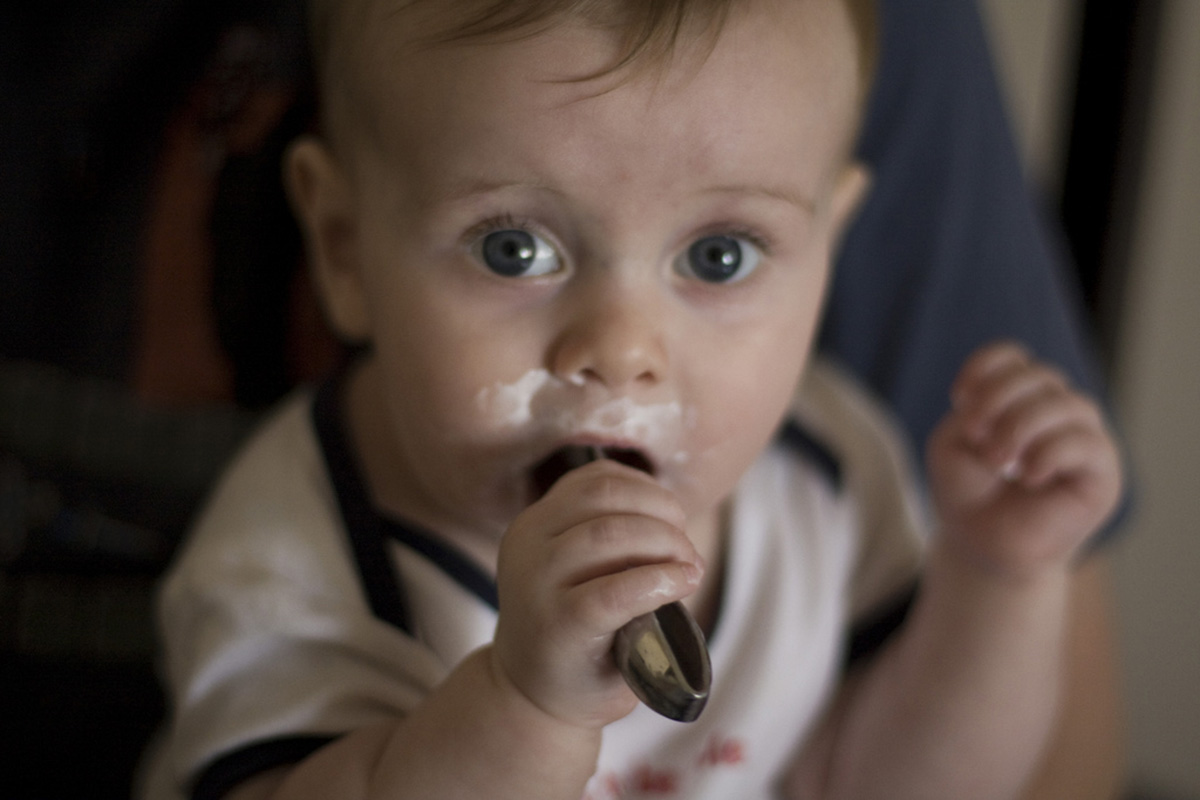Table of Contents
Even a vegan-friendly anthropologist published a study finding that including meat in infant diets, after weaning, offered major advantages over plant-based diets. As most parents (and some aunts and uncles) discover, it can be hard to get babies and toddlers to eat. They simply are interested in too many things to focus on food just because it's meal time for everybody else. If there is a limited amount of food that a baby or toddler can be persuaded to eat, it is best to make sure that the food is dense with all the nutrients the child needs. Plant foods aren't really nutritionally dense for the simple reason that they contain fiber. This fiber is great for feeding probiotic bacteria and for keeping baby regular, but it interferes with the absorption of minerals from both plant and animal foods. Limiting the amount of fiber consumed by the child makes it easier for the young digestive tract to absorb the minerals and amino acids provided by meat.
This doesn't mean that babies should only be fed meat, or even that they should be fed mostly meat. There's no need to put an infant on a Paleo diet. It just means that meat is part of what a very young body needs for its early stages of development. Even foods that not all adults enjoy, such as (well cooked) liver and egg yolks, are especially concentrated sources of vital nutrients for growing nervous systems and digestive tracts.

Another food that is helpful for children in the second six months of life is yogurt. Most of the scientific research has looked at yogurt as a "therapeutic food" rather than as a major source of protein and calories, but there is good evidence that probiotic yogurt, with live cultures, helps prevent toddler rashes and wheezing, and can be used to help stabilize diarrhea.
Introducing bones-free fish in the ninth month of a baby's life can help prevent eczema and asthma later in childhood. Smaller oily fish such as herring are less likely to accumulate heavy metals from seaborne pollution, but they are an excellent source of omega-3 fatty acids, including the DHA that is so important to brain and eye health, zinc, and iodine. As a bonus, if you can get a little kid to eat sardines, you can probably get that kid to eat anything.
READ Should You Have Your Baby Screened For Genetic Diseases During Pregnancy?
How do you determine the very best diet for your baby or toddler? The best source of information for diet planning are children themselves. Just as my nephew was quite adamant his diet was going to be kitty-free, your child will let you know which foods work well for him. If your child has an intense aversion to a "healthy" food, don't try to force it. There are always alternatives that are equally alternative.
What is the second best source of information for planning the diet for your child? Take you cue from other babies, or, even better, let your baby take a cue from other babies. In social settings, offer babies a variety of foods. When your baby sees another baby enjoying liver or sardines or herring, your baby will probably at least try them once. With a little luck, you can share your success with other babies in social hours at which every baby is fed.
- Fishy Diet In Early Infancy Cuts Eczema Risk. Science Daily. 26 September 2008. http://www.sciencedaily.com/releases/2008/09/080924192447.htm. Accessed 3 January 2016.
- Pashapour N, Iou SG. Evaluation of yogurt effect on acute diarrhea in 6-24-month-old hospitalized infants. Turk J Pediatr. 2006 Apr-Jun
- 48(2):115-8.
- Photo courtesy of chefranden: www.flickr.com/photos/chefranden/14684693494/
- Photo courtesy of chefranden: www.flickr.com/photos/chefranden/14684693494/
- Photo courtesy of bibbit: www.flickr.com/photos/bibbit/5430481205/


Your thoughts on this